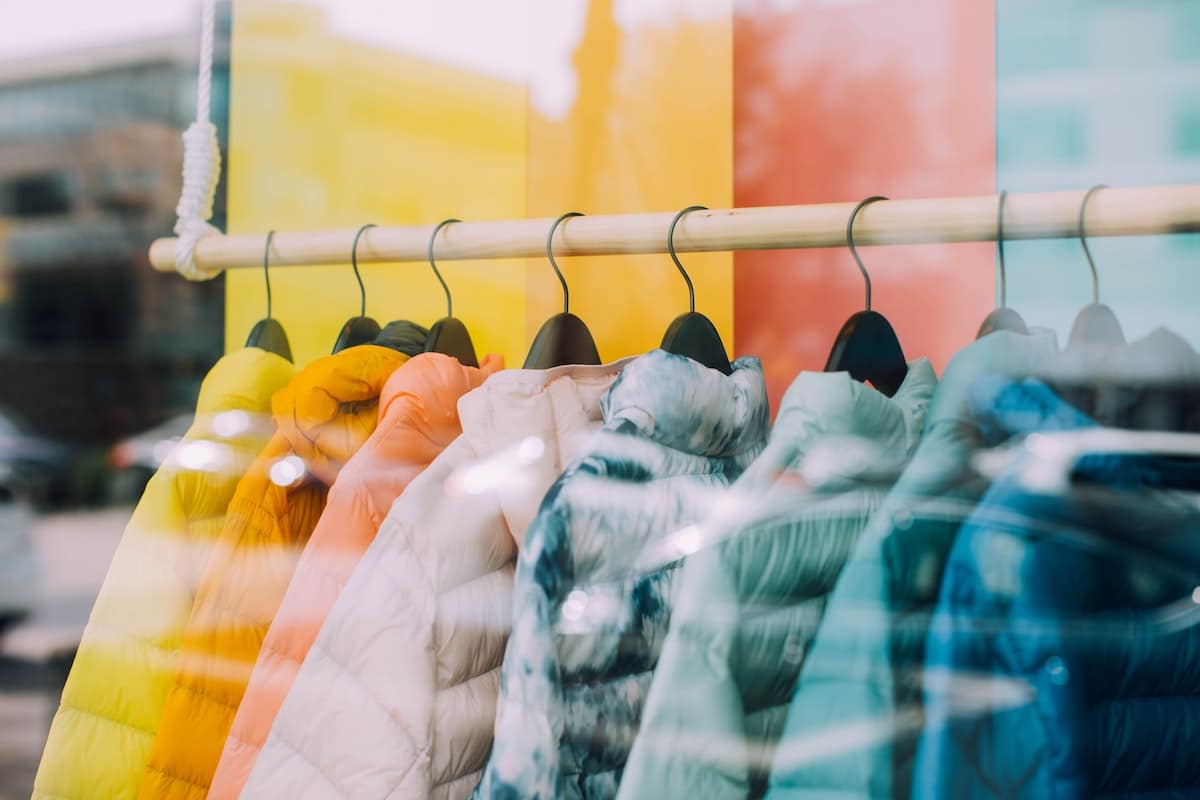Table of Contents
Down Jackets are unmatched in providing the coziest, most comfortable warmth for any environment. Generally, this jacket includes various options and features, from lightweight and compact designs for the wilderness to fashionable and durable styles for your cozy winter travels.
However, it can be challenging to fully understand what factors to consider when selecting a down jacket. To make your decision easier, here are some things you should know about selecting the best jacket.
1. Duck or Goose Feathers are Used as Insulation
On the inside of the jacket’s stylish and sleek fabric shell, duck and goose feathers are sealed beneath. This gives the jacket insulation, which raises some challenging moral dilemmas. Because of this, you should consider choosing down jackets made by companies familiar with the procedures and standards used to produce them to get your money’s worth.
2. Better Quality Results from Higher Fill Power
The term “fill power” describes the loft, fluffiness, insulating properties, or the overall quality of the down jacket. Generally, one of the main specifications buyers will pay attention to is fill power, primarily a down jacket feature. Similarly, down jackets with higher fill power typically have lighter weight and greater compressibility because less down is needed to provide the same level of warmth.
3. Lightweight but With Significant Heat Retention
The lightweight type encompasses a significant percentage of down jackets. Despite their considerable lightness, they retain enough heat to keep you sufficiently warm. A lightweight down jacket can keep you warm to just below freezing, depending on what you’re wearing and how active you are. When traveling during the warmer winter days, it will be useful to have a lightweight down jacket.
4. Packable and Easy to Compress
You can easily travel with a down jacket because it is easier to compress and pack small. These take up less room in your luggage, freeing it up for other essential travel necessities. Generally, the down jacket can be compressed for a few days without harm, but if you keep it compressed for longer, it might lose its loft. So, hang your down jackets and keep them in your closets when not in use.
5. It Takes a Long Time to Dry
Generally, down jackets lack waterproofing. They can only withstand a considerable amount of splashes. This implies that it may take a while to dry when something spills over them. Since down jackets are made of feathers, they will completely lose their loft or fluffiness in heavy rainfall. Additionally, once they become wet, it could take them a day or two to dry out at room temperature completely.
Suppose you’re traveling through a wet area. In that case, you might want to think about donning a waterproof coat.
6. A Wider Range of Comfortable Temperatures
When it comes to warmth, down jackets come in a wide range. How you plan to use the down jacket is an important factor to consider. There are ultralight jackets designed for warmer climates and others for temperatures close to freezing.
Going with a more basic down jacket can be an excellent way to save money if you don’t require higher, lightweight materials. Generally, you will also likely experience an increase in durability if you opt for one.
7. It Has Several Additional Features
The majority of modern down jackets come with a variety of features that can increase warmth and appeal. Some features are:
- Hoods: A hood adds some nice extra warmth around your face and neck, but it also slightly increases the weight and price.
- Pockets: Pockets with padding on the interior are ideal for cold hands. Additionally, you can store your phone inside in cold weather to preserve the battery.
- Cuffed wrists and waist: Cuffed wrists and waist help in maintaining warmth.
Get Ready for Any Environment
Down jackets that are warm and extremely weather resistant are necessary for cold climates and challenging conditions. Generally, down jackets are the best option because they are the warmest, lightest, and most compressible type of insulation, despite having little care and wet weather flaws. It offers many advantages and features that are all intended to keep you comfortable and warm.
References:
https://www.sport-conrad.com/blog/en/everything-about-down-jackets/
https://www.switchbacktravel.com/how-to-choose-down-jacket
https://www.mountainwarehouse.com/us/expert-advice/down-jacket-guide/


